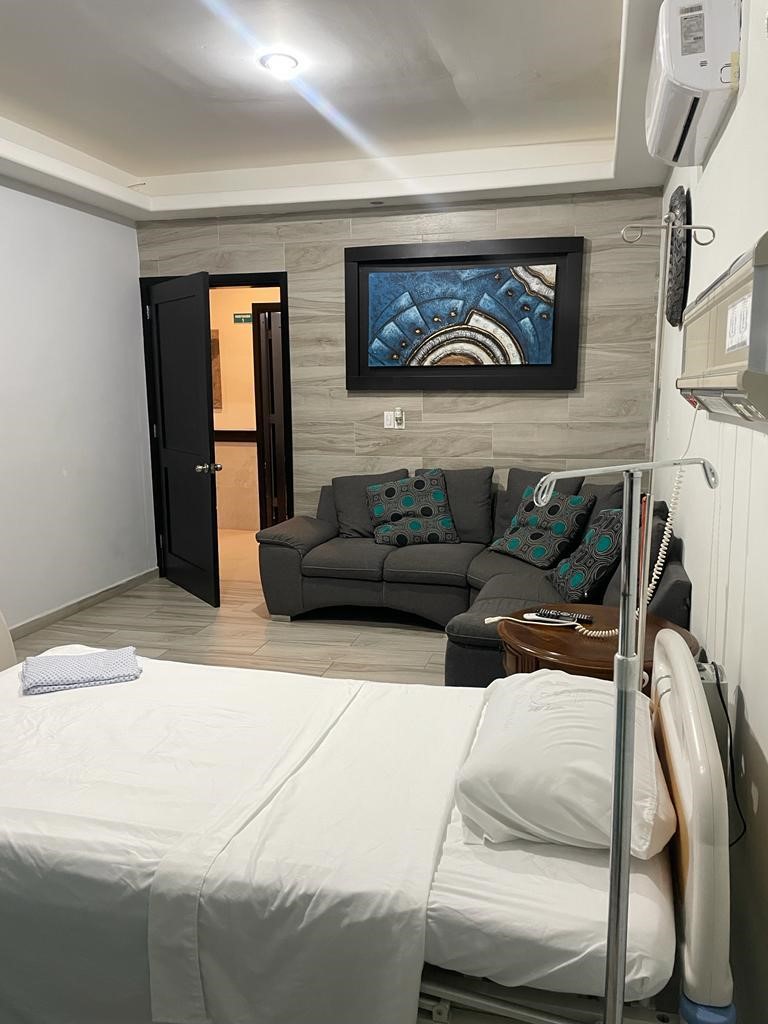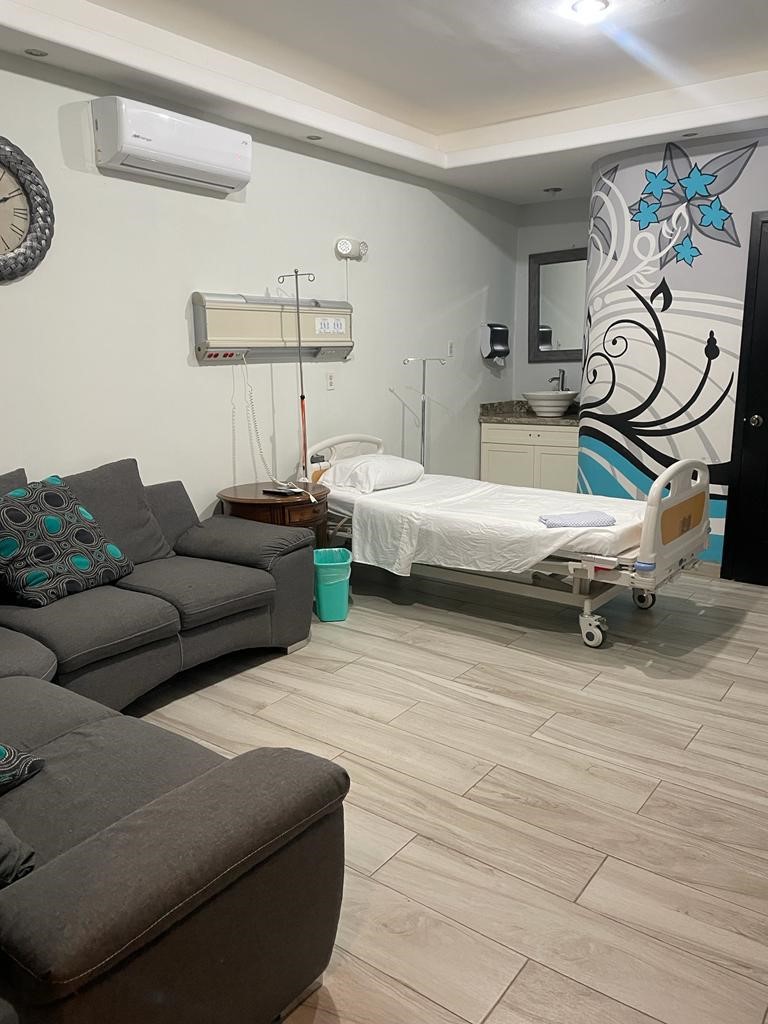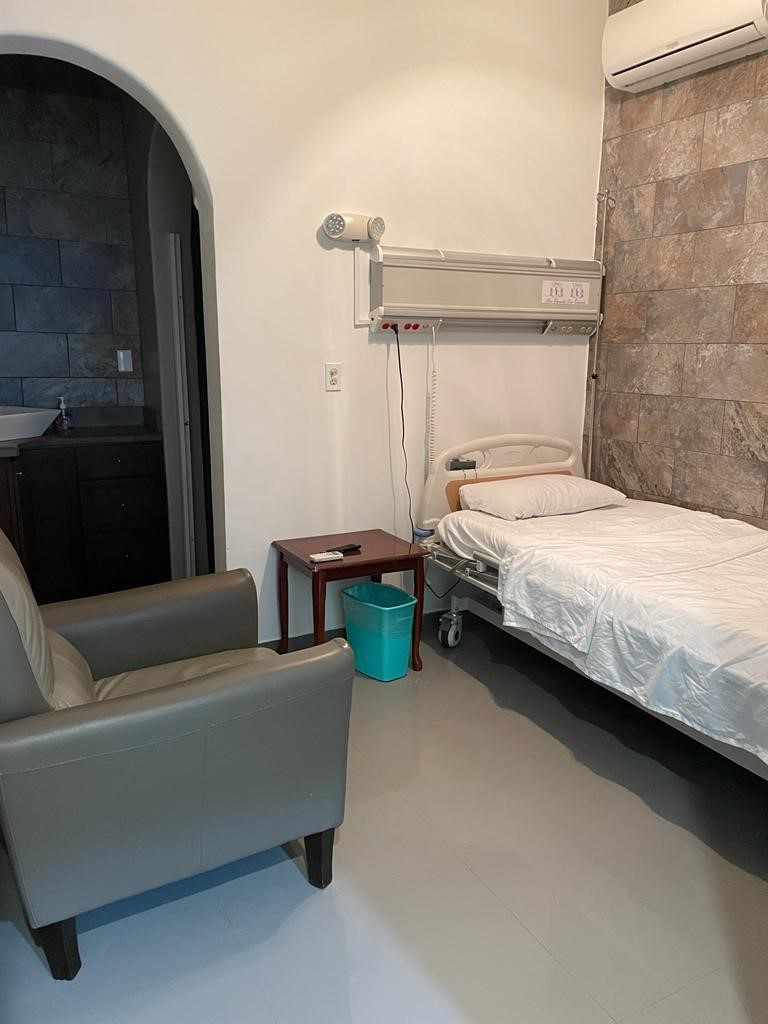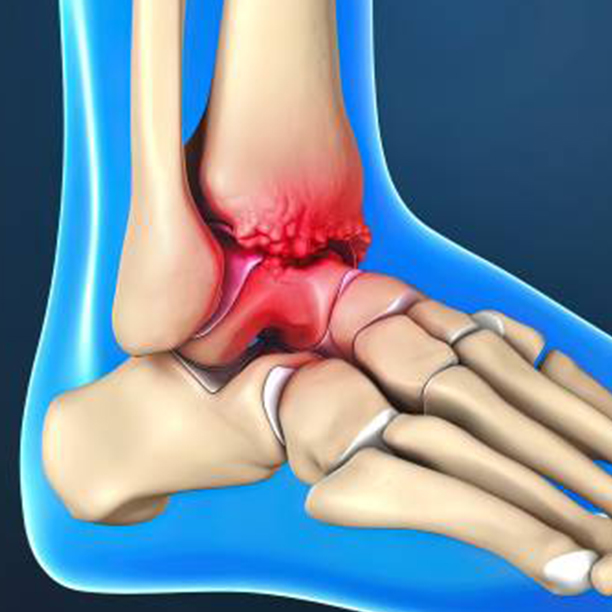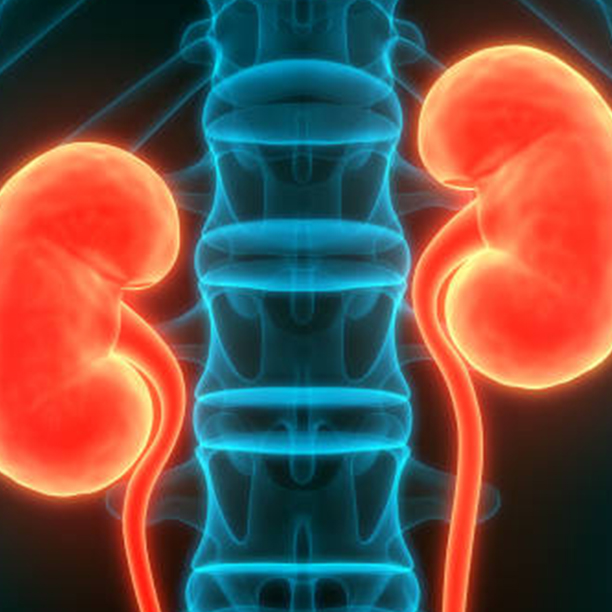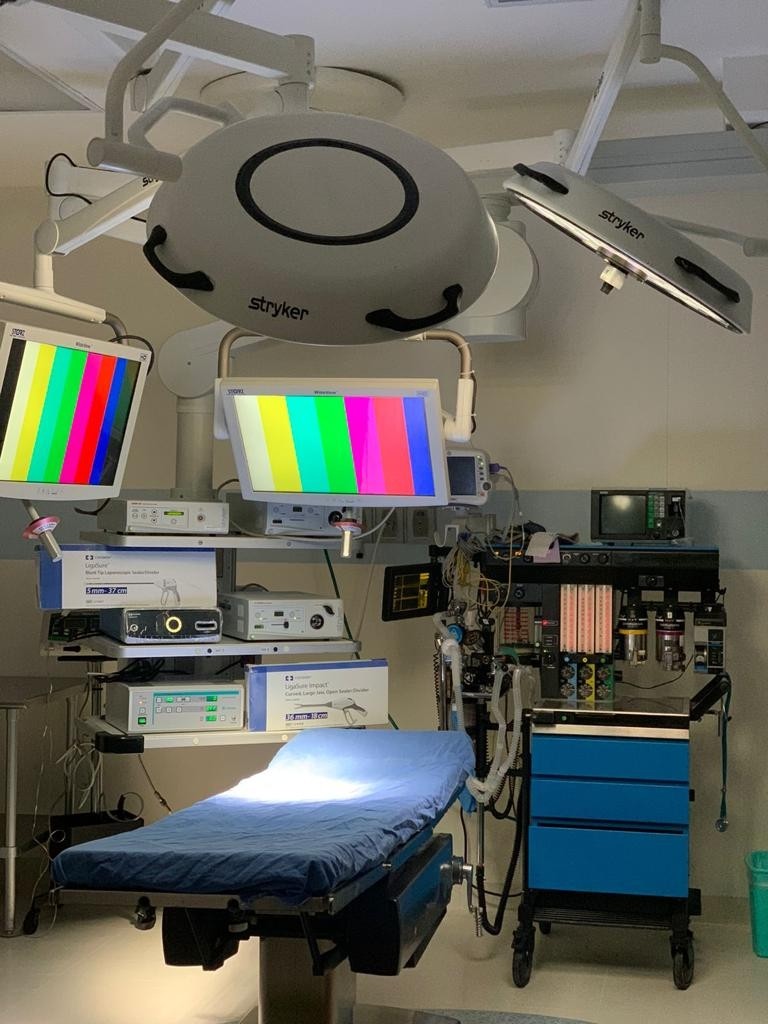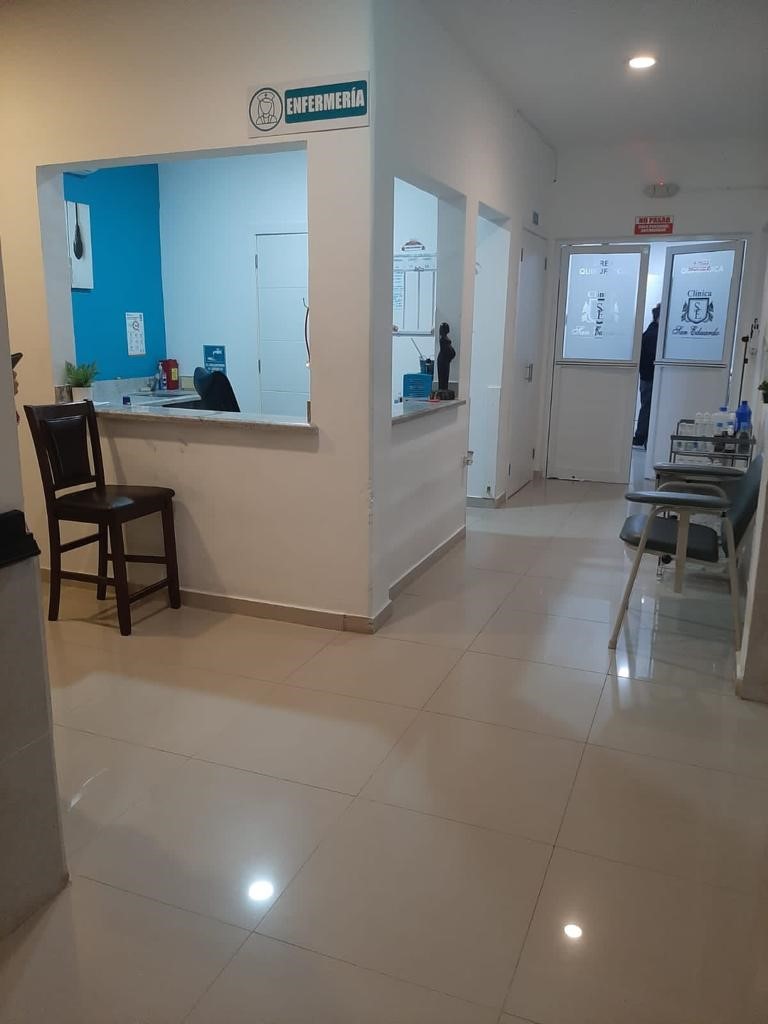Stem Cell Therapy and Injections in Mexico: A Comprehensive Guide
Stem cell therapy has emerged as a promising treatment for various medical conditions and injuries, offering hope to patients who have not found relief through traditional medical treatments. Mexico has become a popular destination for stem cell therapy due to its advanced medical facilities, skilled professionals, and more accessible regulations compared to other countries. In this comprehensive guide, we will explore the science behind stem cell therapy, its benefits, the process of receiving treatment in Mexico, and what patients can expect.
1. Understanding Stem Cell Therapy
What are Stem Cells?
Stem cells are the body’s raw materials, capable of developing into many different cell types. They serve as a repair system, replenishing adult tissues. There are two main types of stem cells: embryonic stem cells and adult stem cells. Embryonic stem cells can develop into any cell type, while adult stem cells are more limited but still versatile.
How Does Stem Cell Therapy Work?
Stem cell therapy involves the use of these cells to treat or prevent diseases. The process typically includes harvesting stem cells from the patient’s body or a donor, concentrating them, and then injecting them into the damaged or diseased area. The goal is to promote the repair and regeneration of affected tissues.
Types of Stem Cell Therapy
- Autologous Stem Cell Therapy: Uses the patient’s own stem cells, reducing the risk of rejection.
- Allogeneic Stem Cell Therapy: Uses stem cells from a donor, which can sometimes be more effective depending on the condition being treated.
2. Benefits of Stem Cell Therapy
Pain Relief
One of the primary benefits of stem cell therapy is pain relief, particularly for conditions such as osteoarthritis, back pain, and sports injuries. The therapy helps reduce inflammation and promote tissue regeneration, leading to significant pain reduction.
Reduced Recovery Time
Traditional treatments for injuries or chronic conditions often involve long recovery periods. Stem cell therapy can accelerate healing, allowing patients to return to their normal activities faster.
Treatment of Chronic Diseases
Stem cell therapy has shown promise in treating a range of chronic diseases, including Parkinson’s disease, multiple sclerosis, and Type 1 diabetes. By regenerating damaged tissues, stem cells can improve symptoms and, in some cases, halt disease progression.
Minimally Invasive
Unlike surgical interventions, stem cell therapy is minimally invasive. This reduces the risks associated with surgery, such as infections and lengthy recovery times.
3. Why Mexico?
Advanced Medical Facilities
Mexico is home to state-of-the-art medical facilities that offer advanced stem cell therapies. These clinics are equipped with the latest technology and staffed by highly trained professionals who specialize in regenerative medicine.
Expertise and Experience
Many Mexican doctors are leaders in the field of stem cell therapy, often trained in the US or Europe, bringing a wealth of knowledge and experience. Their expertise ensures high standards of care and successful treatment outcomes.
Regulatory Environment
The regulatory environment in Mexico is more conducive to innovative treatments compared to some other countries. This allows clinics to offer advanced stem cell therapies that might still be under review elsewhere.
Cost-Effectiveness
Stem cell therapy in Mexico is often more affordable than in the US or Europe. Patients can receive high-quality care at a fraction of the cost, making it an attractive option for those seeking treatment.
4. The Process of Receiving Stem Cell Therapy in Mexico
Initial Consultation
The process begins with an initial consultation, either in person or remotely. During this consultation, the doctor will review the patient’s medical history, current condition, and treatment goals. This helps determine if the patient is a good candidate for stem cell therapy.
Treatment Plan Development
If the patient is deemed suitable, the doctor will develop a personalized treatment plan. This plan outlines the type of stem cells to be used, the method of extraction, and the injection sites.
Stem Cell Harvesting
For autologous stem cell therapy, stem cells are harvested from the patient’s body. Common sources include bone marrow and adipose (fat) tissue. This procedure is minimally invasive and typically performed under local anesthesia.
Stem Cell Processing
Once harvested, the stem cells are processed to concentrate and purify them. This ensures that a high number of viable stem cells are available for injection.
Injection Procedure
The concentrated stem cells are then injected into the targeted area. This procedure is also minimally invasive and can often be completed in an outpatient setting. Patients might experience mild discomfort at the injection site, but this typically subsides quickly.
Post-Treatment Care
After the procedure, patients are monitored to ensure there are no adverse reactions. Follow-up appointments are scheduled to track the patient’s progress and assess the effectiveness of the treatment.
5. Popular Stem Cell Clinics in Mexico
- Rocky Point Stem Cell Therapy
Located in Puerto Penasco, Rocky Point Stem Cell Therapy is renowned for its expertise in regenerative medicine. The clinic offers a range of stem cell therapies for conditions such as osteoarthritis, spinal injuries, and autoimmune diseases. They are known for their comprehensive patient care and personalized treatment plans.They also specializes in anti-aging and regenerative treatments. They provide cutting-edge stem cell therapies to treat chronic diseases and injuries, boasting a team of internationally trained specialists.
- ProgenCell
ProgenCell, located in Baja California, is a leading clinic for stem cell therapy. They focus on treating orthopedic conditions, neurological disorders, and autoimmune diseases.
- The Stem Cell Institute
The Stem Cell Institute in Monterrey offers a wide range of stem cell treatments for various medical conditions.
6. Preparing for Your Trip
Travel Arrangements
Patients traveling to Mexico for stem cell therapy should plan their trip carefully. This includes booking flights, arranging accommodation, and ensuring they have all necessary travel documents. Many clinics offer assistance with travel arrangements to make the process smoother.
Medical Records
Patients should bring their medical records, including any relevant imaging or test results. This information helps doctors create a more accurate and effective treatment plan.
Communication
Most clinics in Mexico have English-speaking staff, but it’s beneficial to learn some basic Spanish phrases to navigate the local area and communicate more easily.
Financial Planning
Patients should budget for the cost of treatment, travel, and accommodation. Many clinics offer financing options or payment plans to help manage the expenses.
7. What to Expect Post-Treatment
Immediate Aftercare
After the stem cell injection, patients might experience mild swelling or discomfort at the injection site. This is normal and typically resolves within a few days. Doctors usually provide detailed aftercare instructions to ensure a smooth recovery.
Follow-Up Appointments
Patients will have scheduled follow-up appointments to monitor their progress. These appointments are crucial for assessing the effectiveness of the treatment and making any necessary adjustments.
Results and Recovery
The timeline for seeing results can vary depending on the condition being treated and the patient’s overall health. Some patients notice improvements within weeks, while others may take several months. It’s important to follow the doctor’s recommendations and maintain a healthy lifestyle to support recovery.
Long-Term Benefits
Stem cell therapy can provide long-term benefits by promoting tissue regeneration and reducing inflammation. Many patients experience significant improvements in their quality of life, with reduced pain and increased mobility.
8. Testimonials and Case Studies
Success Stories
Hearing from other patients who have undergone stem cell therapy in Mexico can provide valuable insights and reassurance. Many clinics share testimonials and case studies on their websites, showcasing the positive outcomes achieved through their treatments.
Patient Experiences
Reading about patient experiences can help set realistic expectations and prepare for the journey. Patients often share their stories on forums and social media, offering tips and advice for those considering stem cell therapy.
9. Legal and Ethical Considerations
Regulations in Mexico
While Mexico has more flexible regulations compared to other countries, it’s important to choose a reputable clinic that adheres to ethical standards and best practices. Researching the clinic’s credentials and reviews can help ensure a safe and effective treatment experience.
Informed Consent
Patients should receive detailed information about the procedure, including potential risks and benefits, before giving their consent. This ensures that they are fully informed and comfortable with their decision.
Ethical Concerns
The use of embryonic stem cells raises ethical concerns for some individuals. Patients should discuss these concerns with their doctor and explore alternative options if necessary.
10. Future of Stem Cell Therapy
Ongoing Research
Stem cell therapy is a rapidly evolving field with ongoing research aimed at discovering new treatments and improving existing ones. Clinical trials are being conducted worldwide to explore the potential of stem cells in treating various conditions.
Emerging Treatments
New and innovative stem cell treatments are continually being developed. These advancements hold promise for treating a broader range of diseases and improving patient outcomes.
Global Trends
As stem cell therapy gains popularity, more countries are adopting regulations to support its use. This global trend indicates a growing acceptance of regenerative medicine and its potential to revolutionize healthcare.
Stem cell therapy offers a groundbreaking approach to treating a variety of medical conditions, providing hope to patients who have not found relief through traditional treatments. Mexico has emerged as a leading destination for this innovative therapy, thanks to its advanced medical facilities, skilled professionals, and more accessible regulations. Patients considering stem cell therapy in Mexico can expect high-quality care, personalized treatment plans, and significant improvements in their quality of life. As research and technology continue to advance, the future of stem cell therapy looks promising, with the potential to transform healthcare and offer new hope for patients worldwide.




